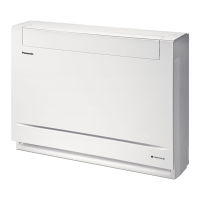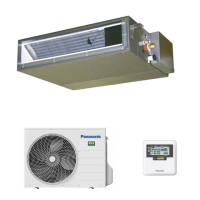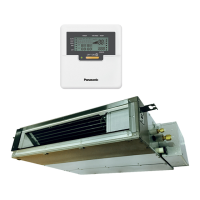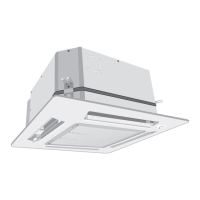8
•
Any part of refrigerating circuit
(evaporators, air coolers, AHU,
condensers or liquid receivers) or
piping should not be located in the
proximity of heat sources, open
fl ames, operating gas appliance or
an operating electric heater.
•
The user/owner or their authorised
representative shall regularly check
the alarms, mechanical ventilation
and detectors, at least once a
year, where as required by national
regulations, to ensure their correct
functioning.
•
A logbook shall be maintained. The
results of these checks shall be
recorded in the logbook.
•
In case of ventilations in occupied
spaces shall be checked to confi rm
no obstruction.
•
Before a new refrigerating system
is put into service, the person
responsible for placing the system
in operation should ensure that
trained and certifi ed operating
personnel are instructed on the
basis of the instruction manual
about the construction, supervision,
operation and maintenance of the
refrigerating system, as well as the
safety measures to be observed,
and the properties and handling of
the refrigerant used.
•
The general requirement of trained
and certifi ed personnel are indicated
as below:
a) Knowledge of legislation,
regulations and standards
relating to fl ammable
refrigerants; and,
b) Detailed knowledge of and
skills in handling fl ammable
refrigerants, personal protective
equipment, refrigerant leakage
prevention, handling of cylinders,
charging, leak detection,
recovery and disposal; and,
c) Able to understand and to apply
in practice the requirements
in the national legislation,
regulations and Standards; and,
d) Continuously undergo regular
and further training to maintain
this expertise.
e) Air-conditioner piping in the
occupied space shall be installed
in such a way to protect against
accidental damage in operation
and service.
f) Precautions shall be taken to
avoid excessive vibration or
pulsation to refrigerating piping.
g) Ensure protection devices,
refrigerating piping and fi ttings
are well protected against
adverse environmental effects
(such as the danger of water
collecting and freezing in relief
pipes or the accumulation of dirt
and debris).
h) Expansion and contraction of
long runs piping in refrigerating
systems shall be designed and
installed securely (mounted
and guarded) to minimize the
likelihood hydraulic shock
damaging the system.
i) Protect the refrigerating
system from accidental rupture
due to moving furniture or
reconstruction activities.
j) To ensure no leaking, fi eld-made
refrigerant joints indoors shall
be tightness tested. The test
method shall have a sensitivity
of 5 grams per year of refrigerant
or better under a pressure of at
least 0.25 times the maximum
allowable pressure (>1.04 MPa,
max 4.15 MPa). No leak shall be
detected.
Safety Precautions

